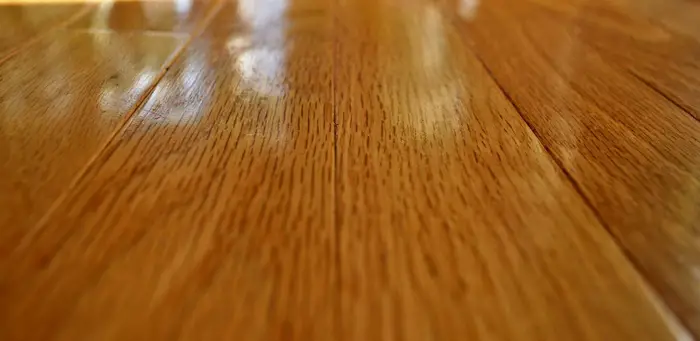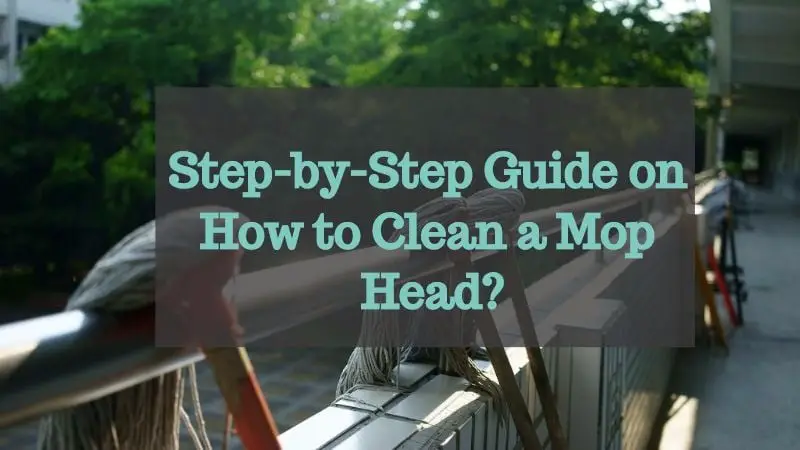Whenever we do regular house cleaning, we mostly clean the usual spots, such as the sink, bathtub, washbasin, and the toilet. We often forget to clean any showerheads even though they’re used just as much as those other items. It’s true that most of us don’t often think about cleaning it, and some of us simply consider it clean anyway because no visible dirt can be seen on it. After all, it seems likely that it should simply “self-clean” with all of the water that flows through it, right?
However, is that showerhead clean? No. Unfortunately, unless you’ve actually cleaned it yourself, your showerhead is not clean. It may seem like it’s clean, but the reality of the matter is that the inside of the showerhead collects germs and dirt. Therefore, you should ensure you’re actually taking care of your hygiene by not forgetting to clean your showerhead along with everything else in your bathroom.
In this article, the causes of dirt building up in a showerhead, how to properly clean your showerhead, and quite a few other related questions will be addressed.
What Causes Dirt to Get into a Showerhead?
Various factors contribute to dirt accumulating inside your showerhead:
- Water usually contains chlorine, which typically should kill germs, but it only temporarily stays on the surface of things.
- The showerhead is directly exposed to the dust floating around in a household.
- Organic grease cannot be easily removed with just water, and this causes it to build up on certain surfaces as well as on showerheads.
- Another factor that contributes to dirt in a showerhead is hard water. The mineral composition of hard water can attach to stains on your showerhead over time, so this gradually causes it to become dirty.
How to Clean a Showerhead
Before getting into the detailed process of actually cleaning your showerhead, you will first need to take note of a few things:
- First, do not ever leave water standing in the showerhead. If you leave standing water behind, this creates a conducive environment for microbes to grow, and it can corrode and/or rust the materials of the showerhead easily.
- Second, if you do not often use your shower, take out the head and store it somewhere where a lot of sunlight cannot reach. When you finally use that shower again, clean it thoroughly before reinstalling the head.
Procedure for Cleaning the Showerhead
Now that you know how the dirt initially gets into your showerhead, how do you go about removing it? The process of cleaning a showerhead is simple.
- First, remove the head from the holder and soak it in vinegar. Be careful not to wet any other parts because they may rust or corrode when exposed to acid.
- Next, allow the vinegar to sit for about fifteen minutes, then scrub the head with a toothbrush to remove all residue, dirt, and stains without scratching off any coatings on the showerhead. Be sure to clean all areas, including any holes.
- Finally, rinse the entire head under running water thoroughly until no more acidic vinegar can be seen coming out of it. You can then use a paper towel or dry cloth to wipe off any liquid left on the head until it is thoroughly dry.
How Often Should You Clean Your Showerhead?
It is important to keep in mind that a showerhead can be dirty even if it looks clean. Therefore, any showerhead used in a home should be cleaned thoroughly every time you take a shower, not just on an occasional basis.
Of course, some people may argue that cleaning the showerhead once or twice a year is more than enough if they only use the shower daily. However, you should also know that organic grease from your hair and body accumulate over time as well, so frequent cleaning of the showerhead can be vital for hygienic purposes.
Related Questions
Is it harmful to use a dirty showerhead?
No, not necessarily. However, you should know that the showerhead is where dirt and bacteria accumulate, so it can be harmful to your health if you do not clean it frequently enough.
Should you remove the metal parts of your showerhead before soaking it in vinegar?
No, removing metal parts is not necessary. However, if the metal parts are exposed and they are corroded or rusted, you may want to remove them to prevent the acid from damaging the head even further.
What if I do not have vinegar?
If you do not have vinegar around the house, most drug stores carry products that are similar to it, such as certain soaps, which can also help dissolve any dirt and grease that may be built up in your showerhead. However, if you want to make sure that you do not scratch the surface of your showerhead, using vinegar is best.
What if my showerhead looks dirty but it does not need cleaning?
If nothing seemingly dirty comes out when you run water through your showerhead and there are no signs of corrosion or rust, then there is likely no immediate need to clean it. However, if you use your shower often, dirt will eventually accumulate, so it is best to clean the showerhead every now and then just to be sure that there are no germs or bacteria on or inside of it.
Can I use any household cleaner instead of vinegar for cleaning?
No. Many household cleaners contain chemicals that are too harsh for a showerhead, so you should definitely avoid using them to prevent any damage. Vinegar is safe for any surface, so it can be used to clean most things—including your showerhead—without causing damage.
See Also:
Can I Put A Bathtub In My Shower?
How To Clean Bathroom Floor Without Mop?
100 Uses Of Vinegar That You’ve Never Heard Of
Different Ways On How To Clean Toilet Bowl Ring


